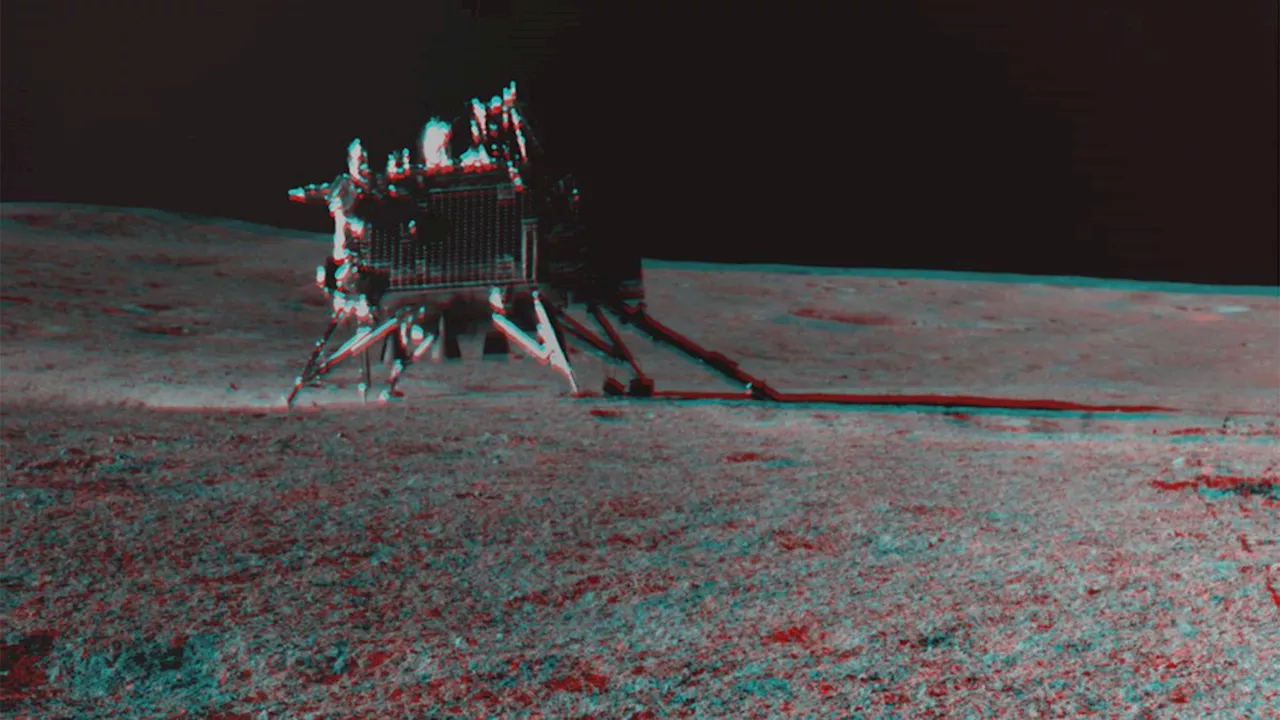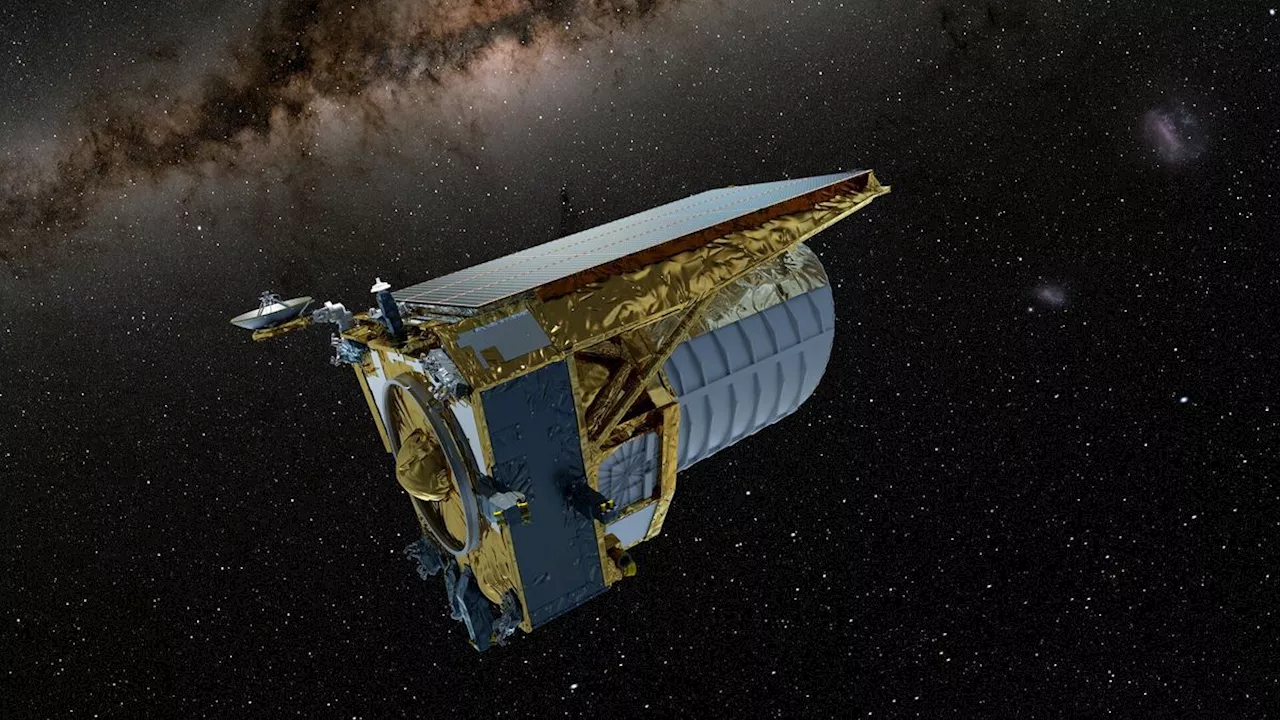Sharmila Kuthunur is a Seattle-based science journalist covering astronomy, astrophysics and space exploration. Follow her on X @skuthunur
Astronomers have discovered the first known instance of a baby star"sneezing." The cosmic discharge, which may have occurred as recently as a few hundred years ago, reveals how infant stars expel most of their magnetic energy very early in their evolution — a shedding mechanism that stops their high-spinning profiles from breaking apart.
"This discovery was unexpected," Kazuki Tokuda, an astronomer at Kyushu University in Japan and the lead author of the study, told Live Science. While previous telescope observations of the stellar nursery hadn't revealed the peculiar structures, ALMA spotted streamers not only escaping the disk but also much further away, revealing the baby star"sneezed" multiple times in the past.
By submitting your information you agree to the Terms & Conditions and Privacy Policy and are aged 16 or over.A leading theory posits they do this by ousting a considerable amount of magnetic energy. Previous telescope observations support the"magnetic braking" theory, because a star that held onto all its magnetic energy"would generate magnetic fields many orders of magnitude stronger than those observed in any known protostar," Tokuda said in a statement.
United Kingdom Latest News, United Kingdom Headlines
Similar News:You can also read news stories similar to this one that we have collected from other news sources.
 If there's life on Europa, solar sails could help us find itSharmila Kuthunur is a Seattle-based science journalist covering astronomy, astrophysics and space exploration. Follow her on X skuthunur.
If there's life on Europa, solar sails could help us find itSharmila Kuthunur is a Seattle-based science journalist covering astronomy, astrophysics and space exploration. Follow her on X skuthunur.
Read more »
 'Potentially hazardous' asteroid Bennu contains the building blocks of life and minerals unseen on Earth, scientists reveal in 1st comprehensive analysisSharmila Kuthunur is a Seattle-based science journalist covering astronomy, astrophysics and space exploration. Follow her on X skuthunur
'Potentially hazardous' asteroid Bennu contains the building blocks of life and minerals unseen on Earth, scientists reveal in 1st comprehensive analysisSharmila Kuthunur is a Seattle-based science journalist covering astronomy, astrophysics and space exploration. Follow her on X skuthunur
Read more »
 India's Chandrayaan-3 lunar lander barely kicked up any moon dust. Here's why that mattersSharmila Kuthunur is a Seattle-based science journalist covering astronomy, astrophysics and space exploration. Follow her on X skuthunur.
India's Chandrayaan-3 lunar lander barely kicked up any moon dust. Here's why that mattersSharmila Kuthunur is a Seattle-based science journalist covering astronomy, astrophysics and space exploration. Follow her on X skuthunur.
Read more »
 Euclid 'dark universe' telescope gets de-iced from a million miles awaySharmila Kuthunur is a Seattle-based science journalist covering astronomy, astrophysics and space exploration. Follow her on X skuthunur.
Euclid 'dark universe' telescope gets de-iced from a million miles awaySharmila Kuthunur is a Seattle-based science journalist covering astronomy, astrophysics and space exploration. Follow her on X skuthunur.
Read more »
 NASA only needs a single grain of ice to detect alien life in our solar system, study showsSharmila Kuthunur is a Seattle-based science journalist covering astronomy, astrophysics and space exploration. Follow her on X skuthunur
NASA only needs a single grain of ice to detect alien life in our solar system, study showsSharmila Kuthunur is a Seattle-based science journalist covering astronomy, astrophysics and space exploration. Follow her on X skuthunur
Read more »
 Euclid 'dark universe' telescope's vision restored by deicing campaignSharmila Kuthunur is a Seattle-based science journalist covering astronomy, astrophysics and space exploration. Follow her on X skuthunur.
Euclid 'dark universe' telescope's vision restored by deicing campaignSharmila Kuthunur is a Seattle-based science journalist covering astronomy, astrophysics and space exploration. Follow her on X skuthunur.
Read more »
